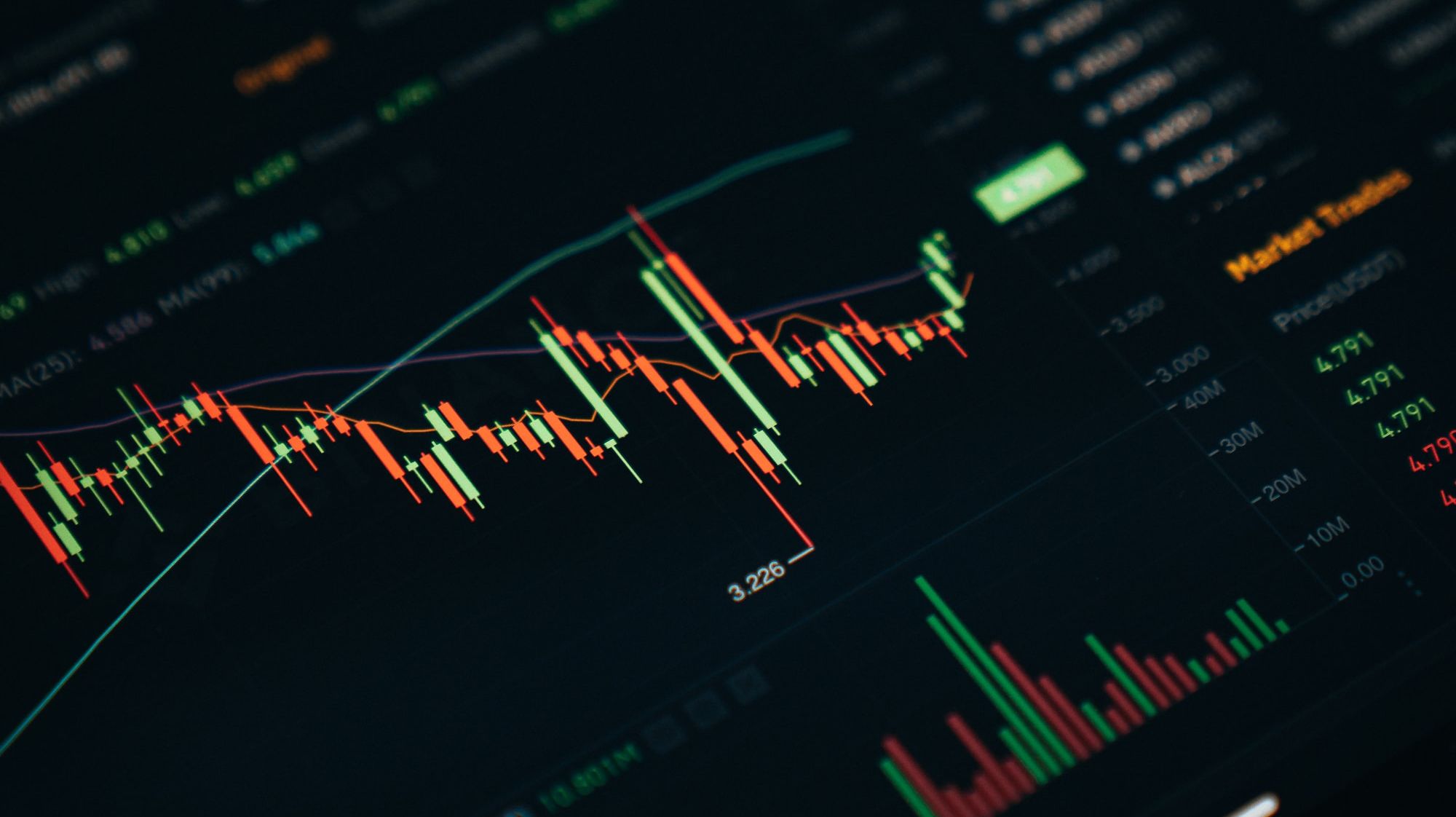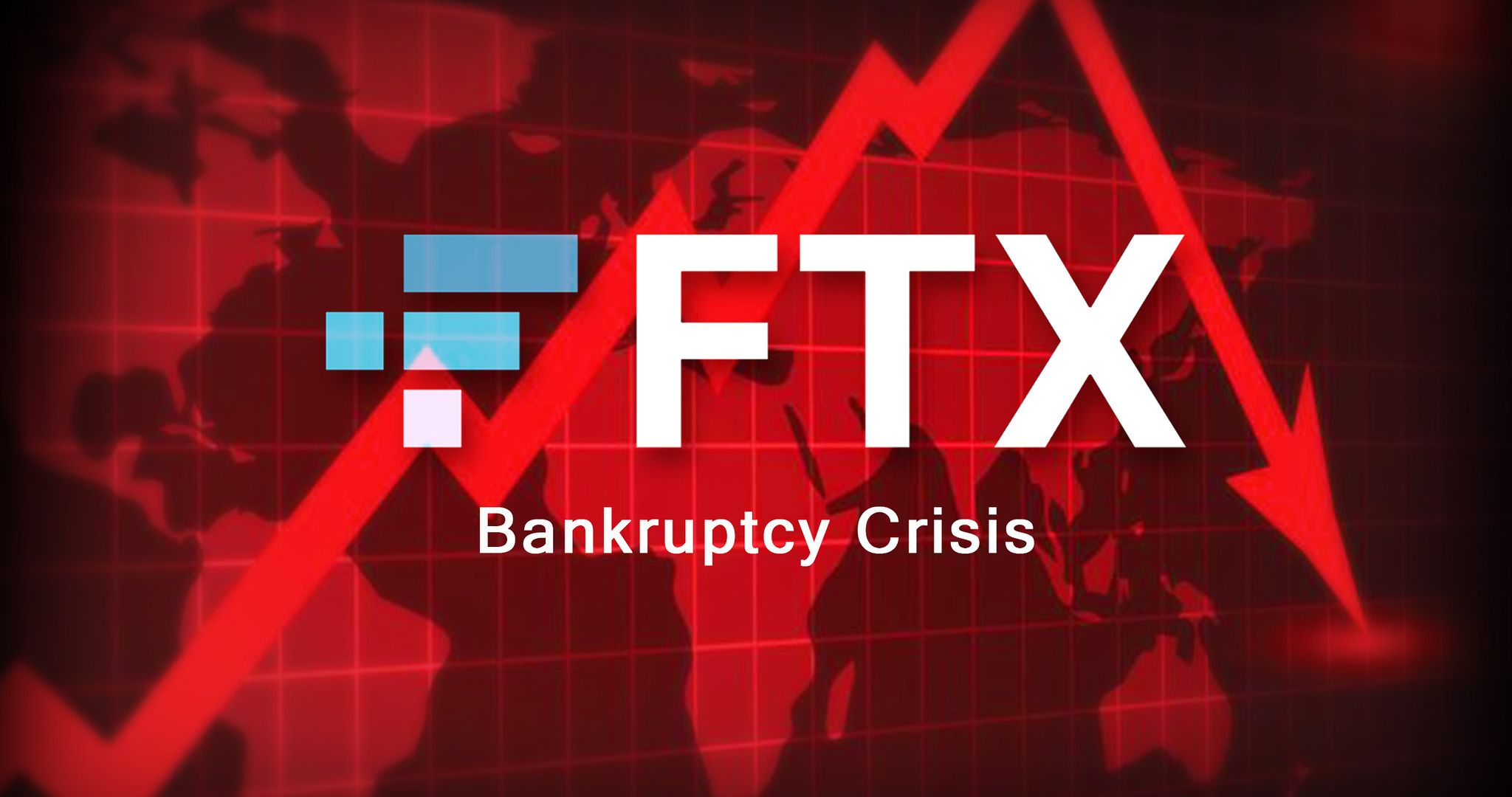Bitcoin has been the world’s most popular cryptocurrency for many years now. And while crypto has seen incredible price increases of late, 2022 was undoubtedly a disastrous year for this asset, which faced an overall price drop of over 60%. So why did Bitcoin’s price drop so drastically throughout 2022?
Bitcoin’s Volatility
Before we get into the factors that affected Bitcoin’s value in 2022, let’s quickly go over the volatility of this asset.
Cryptocurrencies are inherently volatile. Most cryptos are not backed by any security, and the market is so subject to supply and demand that price rises and falls are common. All cryptos will see minor fluctuations in value daily, but this is usually not very significant. When something happens that shakes the market, that’s when the big swings kick in.
Bitcoin may be valuable and popular, but it is just as vulnerable to changes in the market as other cryptos. The price is likely to drop if the demand for Bitcoin is less than the supply. But if the drop in demand is extreme, the price can spiral down within days. So, what caused Bitcoin’s price to fall in 2022?
1. The Terra Collapse
In May 2022, we saw one of the most brutal crypto collapses of all time. Terraform Labs launched two popular cryptocurrencies – Terra Luna (LUNA) and TerraUSD (UST) – which found solid positions in the market. While Terra Luna was a typical cryptocurrency, TerraUSD was a stablecoin pegged to the price of the US dollar (ie 1 UST = $1).
TerraUSD was an algorithmically stable coin, meaning it relied on a computer algorithm to maintain its peg. This was done via the relationship with Terra Luna. The two assets were in a burn/coin mechanism, where UST and LUNA were either burned or minted to keep UST as close to a dollar as possible.
Many chose to place TerraUSD in the Anchor protocol, which gave users an incredible 20% return on their UST deposits. This was one of the driving forces behind TerraUSD’s high demand. But that changed when Anchor decided to switch the 20% rate to a variable rate, prompting many to withdraw the UST and sell it. At this point, the supply of UST exceeded demand and Terraform Labs ran out of LUNA to burn to maintain the $1 peg.
So both LUNA and UST crashed horribly, sending a shock wave of cynicism and doubt throughout the industry. As investors began to get cold feet about the reliability of crypto, sell-offs began to take place en masse. Bitcoin was no exception to this, and therefore demand fell drastically. Then followed the price.
During May 2022, Bitcoin’s price fell by 20 percent in just one week. This was disastrous for investors and platforms alike, fueling the sense of uncertainty that people already felt towards cryptocurrency.
2. Rising interest rates
During the COVID-19 pandemic, many nations around the world printed an excess amount of cash, known as stimulus money, to support their economies amid the health crisis. But when more money is produced, inflation rises. To ensure this, in 2022 the US central bank increased interest rates (as was the case in many countries around the world). But this decision was disastrous for both the traditional and crypto markets.
In short, higher interest rates make borrowing more expensive and make investing in stocks and crypto more risky. So 2022’s recurring rate hikes pushed investors to choose savings options as an alternative to cryptocurrencies. As a result, demand for cryptos took a sharp downturn, and prices soon followed. This affected just about every cryptocurrency in the market, including Bitcoin, and led to a further price drop.
3. Cryptocrime and fraud
Crime is worryingly common throughout the crypto industry. Billions in crypto have already been stolen, and more investors are falling victim to scams every day.
A cybercriminal can exploit crypto holders in various ways. For example, they can steal their exchange credentials via phishing, trick them into investing in a fake project, or even hack their wallet to get their private keys. Because many crypto investors are new to the market, they are simply unaware of how easily they can be scammed out of their holdings.
In addition, cybercriminals can exploit newer platforms with lower security levels. Since new projects and platforms are always being developed in the crypto space, there aren’t exactly slim pickings for malicious actors.
In addition, many cybercriminals use crypto as a form of payment on the dark web. Crypto is also used in fraud and money laundering simply because it is less traceable than traditional money. Bitcoin, Litecoin and Monero are all popular currencies on the dark web, giving cybercriminals an extra layer of anonymity.
Because crypto is used in a crime, many people assume that these assets are simply not safe. On top of this, the frequency of crypto-related scams is also putting people off investing. While financial crime is just as common with traditional currencies, people prefer what they are familiar with. And the simple fact is that with fiat currency there is a chance that your bank can retrieve stolen funds. With crypto, this is out of the question. So in this case traditional money wins.
The broader crypto market often suffers when a major scam is uncovered, as it promotes the notion that such assets are untrustworthy.
4. The FTX collapse
After the crypto crash in May 2022, many thought that the worst of 2022 was over. But this was certainly not the case. Instead, a particularly catastrophic event awaited in November 2022: the collapse of FTX.
FTX was once a hugely popular crypto exchange used by traders all over the world. Launched by Sam Bankman-Fried and Gary Wang in May 2019, this platform was a promising name in the crypto industry until it was revealed that it had a serious liquidity problem.
In November, FTX paused withdrawals, meaning users could not move their money out of the exchange. When this happens, it’s usually a bad sign. But in the case of FTX, there simply wasn’t enough money available to fulfill withdrawal requests.
So, the platform took away the ability to make these requests in the first place. Furthermore, FTX was supposed to be acquired by Binance, another crypto giant, but this deal fell through amid the controversy surrounding FTX and the accusations against Bankman-Fried.
Shortly after this, FTX filed for bankruptcy. This was big news, as FTX had established itself as a successful and recognized platform. This gave investors cold feet and led to another market crash, likely prolonging the so-called “crypto winter.” Bitcoin’s price, already far lower than it was at the start of the year, hit another low, falling by over 25% in less than a week. This cemented 2022 as one of the worst years crypto has ever seen.
Will Bitcoin go up in 2023?
There is no way to know if the crypto market will recover in 2023 as so many factors can play a role in the trajectory. Time will tell if the industry will have it easier in the coming year, or if we are in for the same scandals and price drop.







